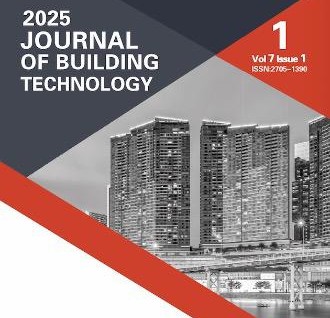This paper investigates the application, design, and economic feasibility of prefabricated construction in Australian low-rise housing, with a focus on affordability and labour shortages. It examines innovations such as volumetric modules, cross-laminated timber, and hybrid systems that enhance customization, quality control, and architectural flexibility.
While high initial factory and design costs remain a barrier, prefabrication reduces on-site time, labour and finance costs, and material waste, delivering clear economic benefits. Analysis of market trends, regulatory policies, supply chains, and environmental impacts highlights both the driving forces behind the industry’s development and the factors constraining it.
The study concludes that prefabrication can address critical social, economic, and environmental housing challenges, though its wider adoption depends on overcoming industry biases, improving financing, strengthening supply chains, and establishing supportive national regulations.

